
In cases when the cells in the testicles begin to grow and multiply without any control and start causing damage to the tissue that surrounds them and interfere with the normal function of the testicles, a person is considered to be suffering from testicular cancer. The disease is highly likely to spread but even then it is still considered to be testicular cancer. Testicular cancer is more common among men between ages of 20 and 34. Between these ages, this type of cancer is considered to be the most common cancer type which can affect men. However, testicular cancer is not that common and it accounts for no more than 1% of all cancer types which are developed in men. Early treatment is most important like with all other cancer types. However, if testicular cancer is discovered in its early stages, there is 99% chance that it will be cured.
Basics about testicular cancer
According to the experts, there are two main types of testicular cancer. Both of these types have their own subtypes and they have more than one of them. In 50% of all testicular cancer cases, the type of tumor which caused the disease is called seminomas. This tumor does not grow very fast and it is easily treatable due to the fact that it responses excellently to the treatment. The other tumor type is called nonseminomas. These tumors both grow and spread faster than the other type of tumor. Tumor types include embryonal carcinoma, yolk sac carcinoma, teratomas and choriocarcinoma. According to the data, 20% of all testicular cancers are embryonal carcinoma. Yolk sac cancer is most commonly seen cancer in young boys and infants. Choriocarcinoma does not occur that often but it is a very aggressive type of cancer. Stromal tumors are known to develop in tissue of the testes where the hormones are being produced. Signs and symptoms of testicular cancer are not always the same and may vary from person to person. The most commonly seen sign is a small and hard lump in the testes. However, this lump does not always cause pain. Apart from this signs, there are several others usually seen like a change in consistency of the testicles, a feeling of heaviness in the scrotum, dull ache or sharp pain in the lower abdomen, all of a sudden collection of fluid in the scrotum and simple pain or discomfort in either the testicle or the scrotum.
Prevention and diagnosis
Prevention is a lot better option than treatment in any type of disease and it is the same with testicular cancer. In order to reduce the chance of developing it, a person needs to get to know the risk factors of testicular cancer. Some of these risk factors can be avoided but most of them cannot. In many cases a man does not have any of the risk factors and that makes it impossible for him to prevent developing testicular cancer. First of all, noticing the symptoms as early as possible is essential. If a person has any questions, the health care provider will be able to help him. Age is one of the risk factors of testicular cancer, and men aged between 20 and 34 are most prone to developing it. Race is another risk factor and white men have between five and ten times more chance of suffering from testicular cancer than men of any other race. A family history of testicular cancer plays an important role as well and those men who have a family member who had this type of cancer have more chance of developing it themselves. Undescended testicles, abnormal testicular development and Kinefelter’s syndrome are some of the other risk factors. It is not uncommon for the patients to discover the cancer themselves either unintentionally or through self-examination. In order for the proper diagnosis to be made, there is need for a surgical removal of the testicle, which is medically called orchiectomy.
What happens after treatment for testicular cancer?
Most people who were cured of testicular cancer fear of recurrence and it is considered to be common. In some cases a lot of years need to pass in order for a person to be rid of that fear. There are some cases where the cancer does not go away completely and a person needs to receive regular treatments such as chemotherapy and radiation therapy. This is quite stressful. Follow up care is very important for those who were cured of testicular cancer. Certain tests like blood tests, CT scans and x-rays will need to be done frequently. The doctor will discuss these things with the patient.
Lifestyle changes
The fact that a person had had cancer cannot be changed but the way that person lives the rest of his life can. A lot of people start making healthier choices after defeating cancer like quitting smoking, consuming alcohol and exercising more often. Eating healthier is another thing that most cancer patients think a lot about during and after the treatment. Fatigue is present in almost all cancer patients and that is why rest is important. However, resting all the time is not good so balance is important between rest and exercise.





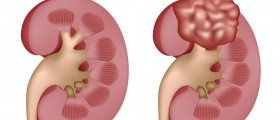




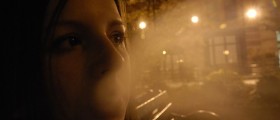
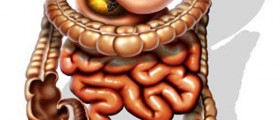
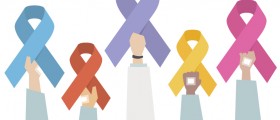
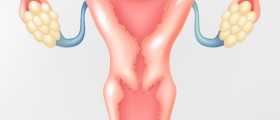
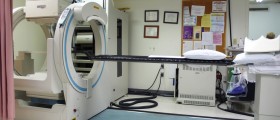
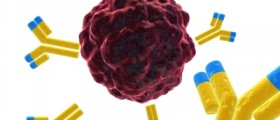
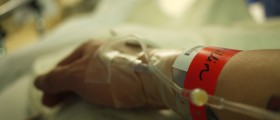
Your thoughts on this
Loading...